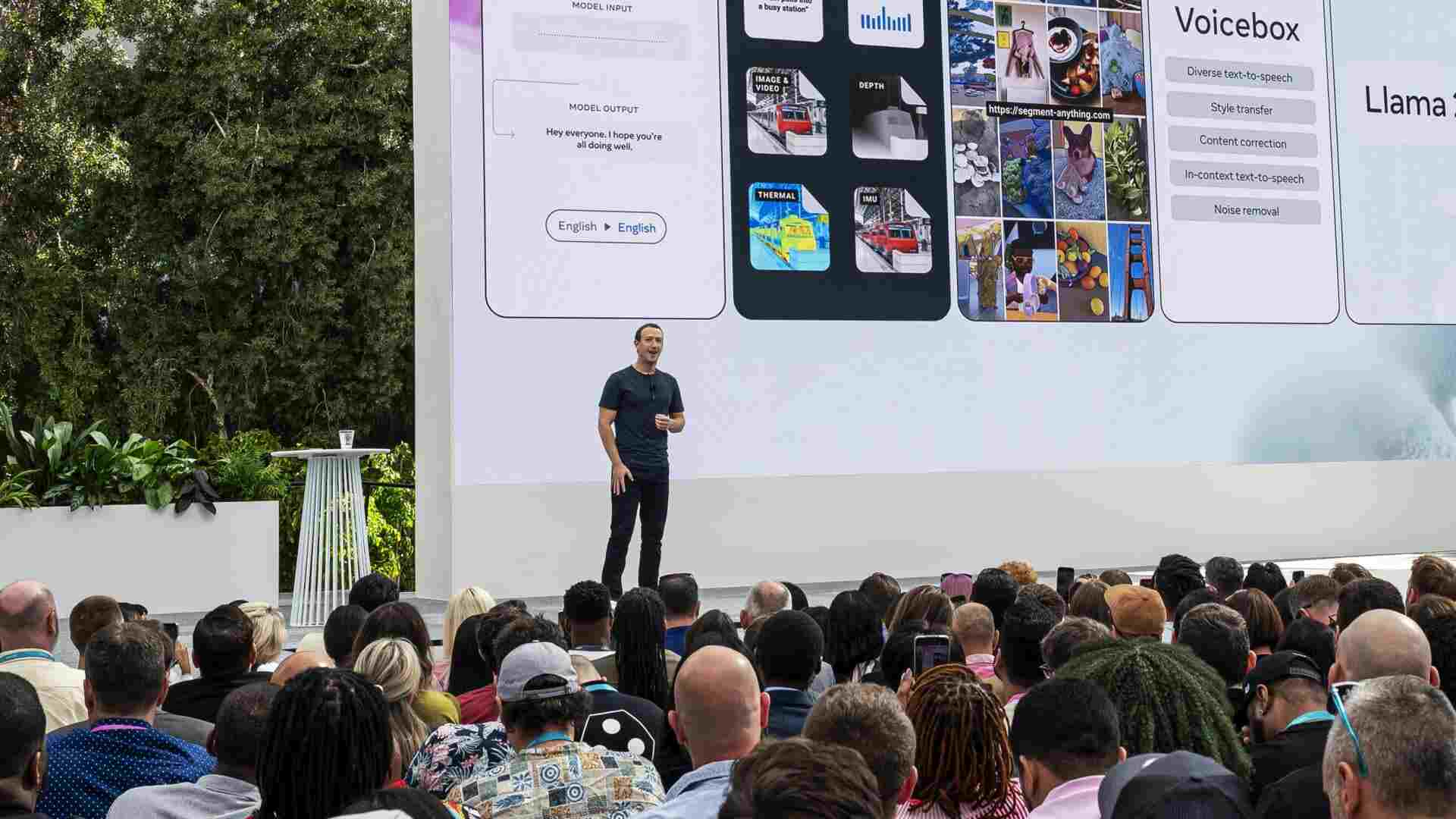- | 10:00 am
10 tools to help you focus on the stuff that really matters
Sites and apps for days when a sharp mind is key.

This article is republished with permission from Wonder Tools, a newsletter that helps you discover the most useful sites and apps. Subscribe here.
I’m sharing with you today my tool kit for focused work. This isn’t for a typical workday, because those include lots of meetings, teaching, and other appointments. Consider it a window into my deep work tool kit, for days when I have time to focus. I hope you’ll find elements that work for you too.
1 P.M. ROAM. REVIEW AND ADD TO MY NOTES.
I have a bag full of old paper notebooks from years past. I’m trying to keep notes more streamlined these days with Roam. Rather than a hierarchical or folder-based system, Roam gives me a simple blank daily canvas for notes. I use Roam as a brain drawer — a repository for thoughts, ideas and notes I want to return to and develop.
Unlike Evernote, Roam lets me add tags to individual bullet points, quotes or thoughts. That makes it easy to scan all my notes on any topic later. The software automatically creates a page for each tag with all relevant notes embedded. Since there are no folders or notebooks, I don’t have to worry about where to file things.
I still have old reference notes in Evernote, but I confess that I now use it mostly for organizing recipes.
Roam is expensive at $15/month, but you can apply for a scholarship or use a free alternative like Obsidian.
Here’s my post with a deeper dive into how and why I use Roam.
2 P.M. PITCH.COM. CRAFT A PRESENTATION.
I use lots of tools for making slides, just as cooks use distinct pots, pans and appliances to make different kinds of meals. Sometimes I use Beautiful.ai, when I’ve got lots of numbers to show, charts, diagrams or other kinds of special visuals. I use Google Slides when I want to embed interactions from Pear Deck or Slido. And I use Apple’s Keynote when I have to design or present fully offline. I like Pitch for its terrific templates and because it’s great for collaboration.
Here’s more on the best new tools for creating slide decks.
3 P.M. CALM. BREATH. MEDITATE.
I alternate between Calm and Headspace to step out of the rush of city life. I sometimes rely on these to help fall asleep too. To learn more about mindfulness I use an app called Healthy Minds.
Here’s more on the suite of apps and tools I use for mental wellness.
4 P.M. CRAFT.DO. MAKE A LIST TO SHARE.
Craft is one of the newest tools I’ve been using to create documents like this list of books I want to read this winter and this collection of my favorite teaching resources.
5 P.M. DAY ONE. REFLECT ON THE DAY.
My handwritten journals were a mess. So a few years ago I switched to digital. Day One is simple and reliable for journaling on my phone or laptop. I pull in photos from my phone. I like that I can order a printed version of my journal. And that I can record my thoughts in audio form.
Read more on how and why I use Day One and my Twitter thread on 10 styles of journaling to try
WHY SO MANY TOOLS?
It may seem odd to use so many tools. I like a toolbox analogy. It wouldn’t make sense to use a screwdriver ???? for every home repair, or a hammer. Each tool is useful in a particular context.
Given how much time we spend using digital tools, it seems sensible to develop a personal tool kit with multiple specialty tools that save time and make it easier to do high-quality work. Hopefully this newsletter can help with that.
This article is republished with permission from Wonder Tools, a newsletter that helps you discover the most useful sites and apps. Subscribe here.






































